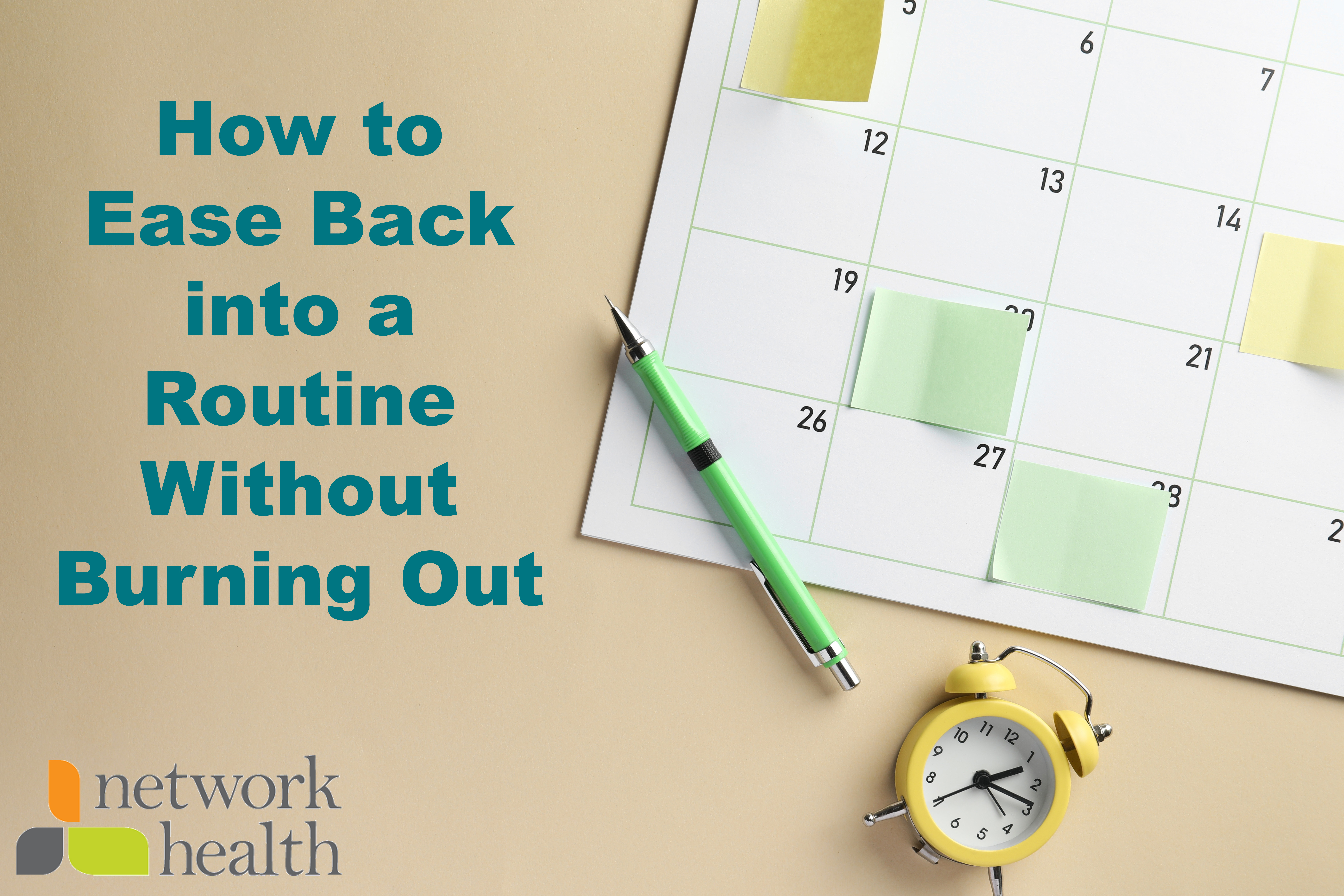Approximately 18 out of every 100 U.S. adults smokes cigarettes. That’s more than 42 million Americans. Over 480,000 people die each year from cigarette smoking (this statistic includes deaths caused by second-hand smoke as well).
The third Thursday in November is reserved each year for the American Cancer Society Great American Smokeout. The American Cancer Society hopes the day will encourage smokers to plan ahead to kick their smoking habit.
A smoker at an early age, I was surrounded by friends, family and coworkers who had adopted the bad habit. I had tried many times to kick the habit and proved unsuccessful. I saw the smokeout as a good opportunity to make a serious change.
Since I had so many smokers around me, it was hard to find people who truly supported me or believed I would succeed at quitting. They all wanted to keep their carcinogen companion and if I succeeded, it would be harder for them to make excuses for not quitting.
Their lack of confidence didn’t deter me. I felt empowered by the knowledge that many people throughout the U.S. had chosen to quit on that very same day. With that in the back of my mind, I never felt like I was fighting the addiction and cravings alone.
I spent the few weeks leading up to my quit date psyching myself up for what was coming. I spent lots of time researching the damaging effects and reminded myself of what I learned every time I lit up. By the time smokeout day had arrived, I was ready to say goodbye to the habit I had grown to despise.
It wasn’t easy. I made the fight a mental game. When I was craving a cigarette an hour in, I asked myself, “You’ve already made it an hour, why stop now?” It continued from there every time I felt a pull to smoke.
You’ve already made it four hours, why stop now?
You’ve already made it one day, why stop now?
You’ve already made it three days, why stop now?
You’ve already made it a week, two weeks, a month, why stop now?
I wish I could say I stopped asking myself that question after a month of being smoke-free, but it went on like that for almost a year. I do think asking myself that question was what made quitting work for me. It made smoking seem like the choice it really is.
My best advice, would be to try to approach quitting a few different ways. You can plan ahead, quit cold turkey, get behavioral therapy, try nicotine replacement therapy or explore a combination of techniques. No one way works for everyone. It’s important you find a way that works for you. For me, the Great American Smokeout was my key to success.
So while you may not have made a plan to quit today, consider picking a date in the near future and set your sights on it. Visit the Great American Smokeout website for tools and resources to help you on your quitting journey.





Discussion
There are no discussions happening yet.